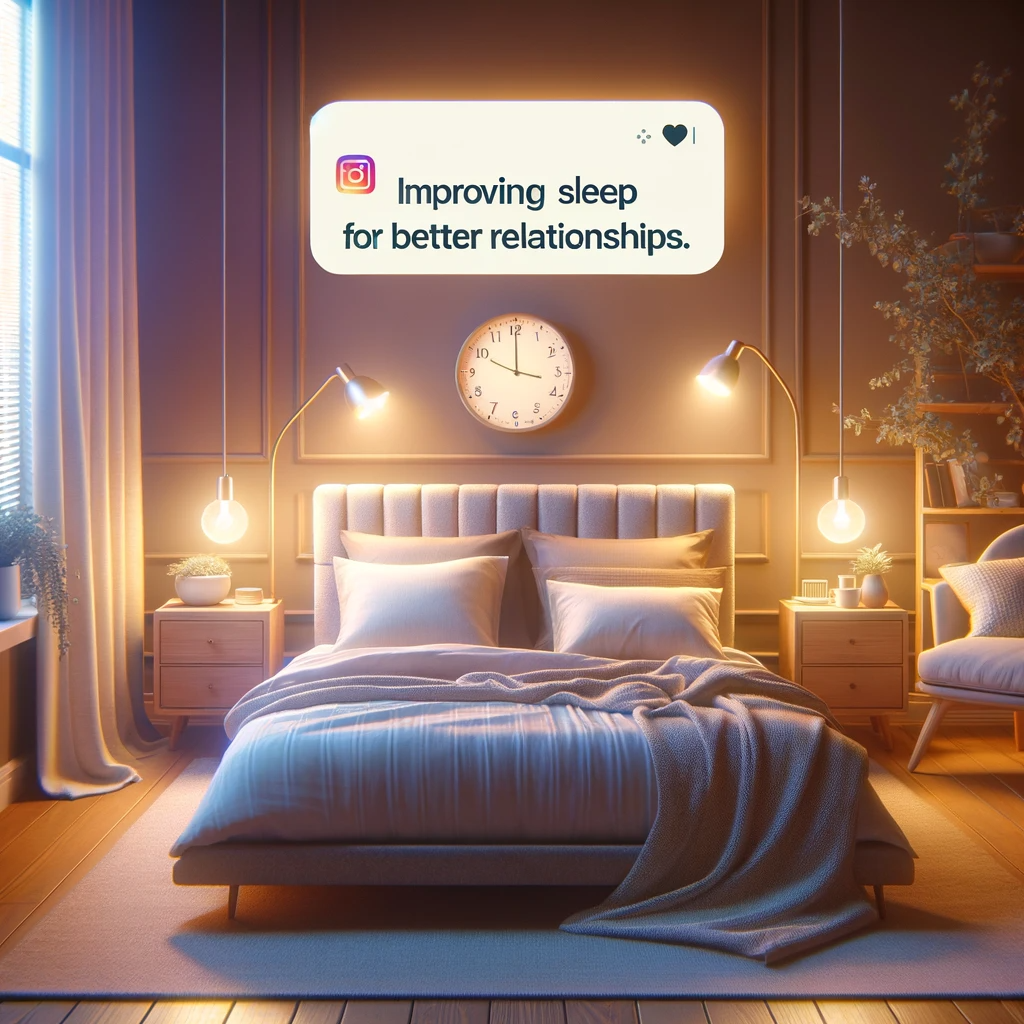Identifying And Working Through Internalized Homophobia
Homophobia comes in many forms. When we think of it, we often think of how one person or a group feels about gay or lesbian individuals or how someone treats them. However, homophobia doesn’t always come from the outside. In fact, the most power form of homophobia can come directly from you.
That being said, all homophobia is influenced by our society and culture. Internalized homophobia is simply taking that information and turning it inward in some way. Being gay or lesbian may be something that you feel ashamed of. It may change your behavior and make you respond to others to try and hide who you are. There can be illusions that if you change how others perceive you, you can live a happy or content life.
This is actually a logical thought. I mean how often are we tough, if you just follow the rules, you’ll be successful and happy. But what if the rules say that who you are is wrong? It causes a lot of conflict.
We run an LGBTQ+ affirming therapy practice in the Dallas area. In our practice, we focus on helping people answer one basic, but very difficult question. What is the life that you want to live? What does it look like? What happens in it? Who are you with?
Sounds easy, but it’s really not easy at all.
Homophobia is all about fear. Whether it comes from the outside or inside, it can cause self doubt and shame. It makes sense that you might want to counter that if you were told that you should aim to be happy by following the rules. But here’s something that you have to think about… if you’re reading this, the “follow the rules and be happy” system isn’t working for you.
Here is what we work on instead. Rather than focusing on being just happy, focus on what you value and want. Being happy isn’t constantly sustainable. Our lives are filled with ebbs and flows. They’re filled with challenges. They’re also filled with stress, sadness, and anxiety at various points in our lives. It’s tempting to live as if we can just protect ourselves from those feelings, but it rarely works.
Instead, you can focus on being in alignment with what is important to you. It’s hard to explain, but things change when you try to live in alignment with what you value and want.
Here’s a word of caution however. You will fall into the trap of self doubt again. And that’s OK. We have to give ourselves permission to simply identify it as it comes up and gently get support around our doubt and fears.
Internalized Homophobia is Influenced by the Outside
Internalized homophobia is based in a fear of one’s own sexual orientation or how it is perceived by others. Although this is not necessarily caused by others, it certainly is influenced by societal, anti-gay biases. Men and women get attacked based on their sexual orientation, children are bullied and abused. People deal with organizational forms of discrimination such as the “lavender ceiling effect “. Some families disown their children, while others “allow” them to come around, but are still ashamed of them. For young, impressionable, gay and lesbian people, this does not promote a high self-esteem. For many, this fear does not stop at adolescence. It continues on throughout their early adult lives, and for others this extends into later adulthood.
The biggest challenge with this type of homophobia is that it is difficult to recognize. It can often manifest itself in the form of denial. Many believe that they can counteract their same-sex attractions through conforming to heterosexual norms. This is often based on societal pressures and a lack of education about sexual orientation.
If you are someone who is dealing with such a fear, it is important to remember that no one can read your mind or know what you are thinking. Therefore, you can ask yourself questions and process through this without anyone knowing. What is most scary for you? How would accepting this impact your life? This internal dialogue can help you ease into a position of increased self-acceptance.
To cope with such a fear, it is best to embrace accept the feeling, rather than run from it. Remind yourself that it is fine to be scared and intimidated. In fact, this is quite natural at this stage. It is also important to know that you’re not alone in this either. You can find support in various forms. Many cities have support groups or even community centers to help. You likely have some friends who will be open, who you can confide in. As you gain more confidence, you can confide in others as well.
If you are dealing with an internal struggle to accept your sexual orientation, finding a therapist who is gay-affirming is also a good idea. This professional can help you walk through your fear in a confidential setting so that you can better accept yourself and create a plan on how to tell those who who you are close to (when you are ready to do so).
Internalized homophobia is a difficult process to overcome. Although it is common, it should not be an underestimated part of the process of coming out. If you are someone who is at this stage, understand that you are not at all alone. Also, understand that there is nothing that can be done to change this part of your life. It is not a preference, no matter how much you may hear that it is. Also, it is not your entire identity. Like anyone else, it is a part of who you are. Through seeking out education and support, you will live a content life, and be able to see beyond the societal biases that are currently influencing this fear.






